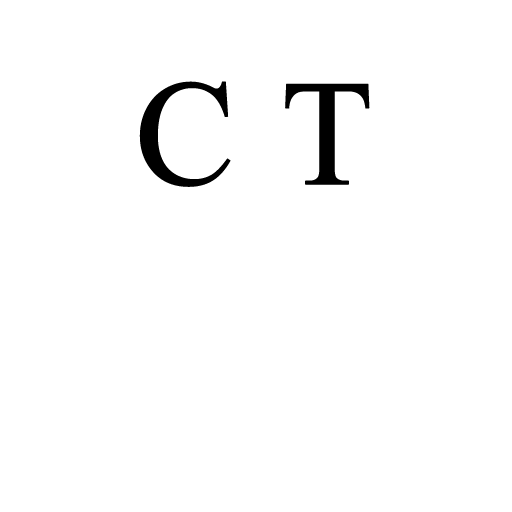There was a time when the Observer was a rather better paper than The Guardian. It, not coincidentally, was when the Observer was still Liberal, as The Guardian had been and neither had yet been swallowed by the progressive liberals. One of the indicators of that difference was the willingness to actually think about matters, numbers and definitions, before spouting the fashionable line. And yes, The Guardian used to do that too, think, back in the Manchester days. It’s rather why it rose to prominence in the first place.
Long gone in both papers of course, as is shown by this:
[perfectpullquote align=”full” bordertop=”false” cite=”” link=”” color=”” class=”” size=””]Britain is the fifth richest country in the world. Yet figures out last week show that more than 4 million children – almost one in three – are living below the relative poverty line. That’s one in three children growing up in families that face a daily struggle to make ends meet, where parents sometimes have to go without to ensure their children can eat and where the cost of school uniforms can push parents into debt.[/perfectpullquote]Relative poverty is a measure of inequality. “Richest” isn’t, that’s a measure of the general standard of living. Inequality doesn’t mean that people can’t care for their children, richness does – or the absence does. They’re simply measures of different things.
To understand this, Romania is a more equal country than the UK. The Gini Index is lower, closer to Sweden’s in fact. OK, that’s great for those who like more equality. It’s not so good for those who are against child deprivation:
[perfectpullquote align=”full” bordertop=”false” cite=”” link=”” color=”” class=”” size=””]On the basis of the data in table 5 decisions on the European Child Deprivation Index couldbe taken. Figure 1 gives the distribution of countries lacking one, two, three and four items
ranked by lack of two or more. It is a matter of judgement where the threshold for the index is drawn. There are some re-rankings of countries in table 6 depending on the threshold used but overall the results are quite stable. If we were to choose lack of one item, there is a risk of giving particular importance to one indicator. If we take three or more indicators the numbers for richer countries are very small, therefore we select “lacking two or more items” as the threshold.[/perfectpullquote] [perfectpullquote align=”full” bordertop=”false” cite=”” link=”” color=”” class=”” size=””]Iceland with less than one per cent of children lacking two or more items shows
the best score, and Romania with more than 70 per cent of children deprived of more than
one item shows the worst. Roughly the countries fall into 7 groups:[/perfectpullquote] [perfectpullquote align=”full” bordertop=”false” cite=”” link=”” color=”” class=”” size=””]Group 1: child deprivation index lower than 3 per cent (Iceland, Sweden, Norway, Denmark, Finland and the Netherlands)
Group 2: index between 4 and 7 per cent (Luxemburg, the United Kingdom, Ireland and
Cyprus)
Group 3: index between 8 and 10 per cent (Spain, Slovenia, Austria, Czech Republic,
Germany, Malta, Belgium and France)
Group 4: index approximately 13 per cent (Italy and Estonia)
Group 5: index between 16 and 20 per cent (Greece, Lithuania, Slovakia and Poland)
Group 6: index between 27 and 31 per cent (Portugal, Latvia and Hungary)
Group 7: index above 50 per cent (Bulgaria and Romania).[/perfectpullquote]
Interesting, no? Rich countries have less child deprivation, poor countries more. And not more equal countries have less, more unequal countries have more. Thus it really is how rich the UK is, not relative poverty, which is the important point, isn’t it?
But you try getting anyone from either the Guardian or Observer to understand, let alone admit, that their measure of child poverty is flawed….




Assuming that incomes in the UK are split roughly equally with the well off (top 1/3), the middle class (the middle 1/3) and the working class (bottom 1/3) then you’d expect 1/3 of children to be in relative poverty wouldn’t you? For that’s what being in the bottom third means!
On the day the ‘story’ began to circulate, one of the BBC’s “news” reporters said that 4m children live in absolute poverty in the UK.
1965: Child Poverty Action Group formed.
1997: UK had the highest rate of child poverty in the industrialised world
1999: Blair: ‘Our historic aim will be for ours to be the first generation to end child poverty forever, and it will take a generation. It is a twenty year mission, but I believe it can be done.’
2019: ‘DWP child poverty figures a ‘national scandal’ as 4.1million kids are hit’ (mirror.co.uk, 28 March).